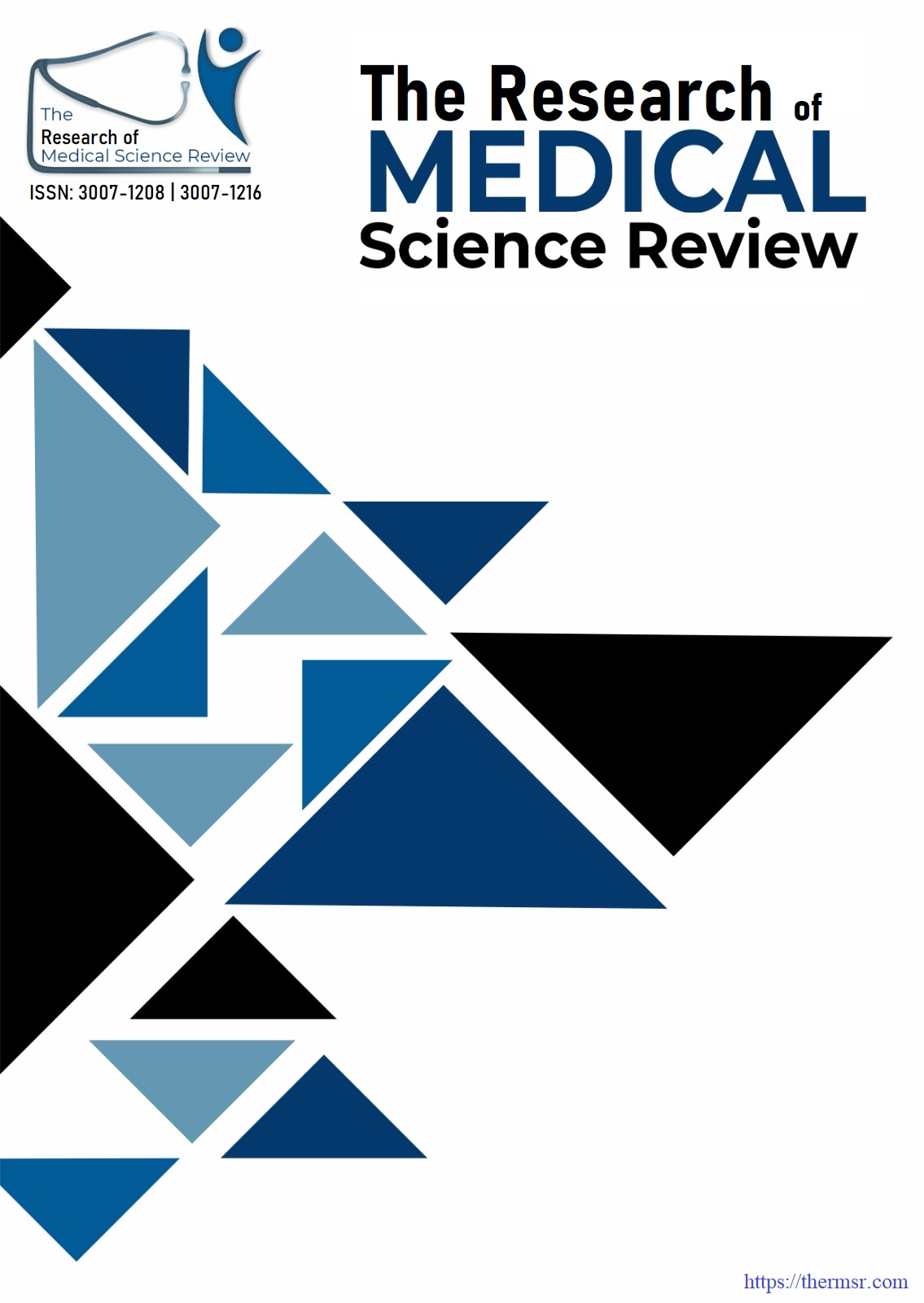MATERNAL OUTCOMES FOLLOWING TERMINATION OF PREGNANCY IN WOMEN WITH PREVIOUS CAESAREAN SECTION: A PROSPECTIVE OBSERVATIONAL STUDY
Main Article Content
Abstract
Background: Termination of pregnancy (TOP) in women with a history of previous cesarean section presents unique clinical challenges due to the risk of complications such as uterine rupture, hemorrhage, and infection. The increasing prevalence of cesarean deliveries worldwide has heightened the need to evaluate the safety and outcomes of TOP in this high-risk population. Despite growing evidence, there remains a lack of consensus on the optimal method of TOP for these women, particularly regarding the choice between medical and surgical approaches.
Objective: This study aimed to assess maternal outcomes associated with termination of pregnancy in women with a history of previous cesarean section, comparing the safety and complication rates of medical and surgical methods. Additionally, it sought to identify risk factors for adverse outcomes, with a focus on gestational age and termination method, to inform clinical decision-making and improve patient care.
Methods: A prospective observational study was conducted at Khyber Teaching Hospital, Peshawar, from April 2023 to March 2024. A total of 162 women with prior cesarean sections undergoing TOP were included. Data on maternal age, gestational age, method of termination (medical or surgical), and complications such as uterine rupture, hemorrhage, infection, and unplanned surgical interventions were collected. Statistical analysis was performed using SPSS version 26, with logistic regression to identify risk factors for adverse outcomes.
Results: The mean maternal age was 32.4 ± 4.8 years, and 63.5% of cases were in the second trimester. Medical termination was performed in 60.5% of cases, while 39.5% underwent surgical termination. Uterine rupture occurred exclusively in the medical termination group (6.1%, p=0.02). Hemorrhage requiring transfusion was observed in 8.6% of cases, with higher rates in gestations >14 weeks (10.7% vs. 3.6%, p=0.04). Gestational age >14 weeks (OR=3.8, 95% CI: 1.4-9.8) and medical termination (OR=2.9, 95% CI: 1.2-7.1) were significant risk factors for complications.
Conclusion: Medical termination, particularly in the second trimester, is associated with a higher risk of uterine rupture, while surgical methods may increase the likelihood of incomplete abortion requiring intervention. These findings highlight the need for individualized patient counseling and close monitoring to optimize maternal safety during TOP in women with prior cesarean sections.
Downloads
Article Details
Section

This work is licensed under a Creative Commons Attribution-NonCommercial-NoDerivatives 4.0 International License.
